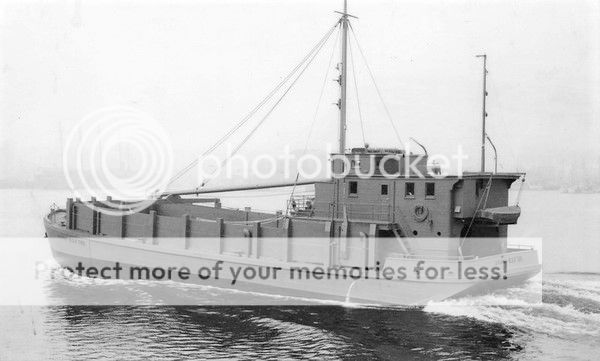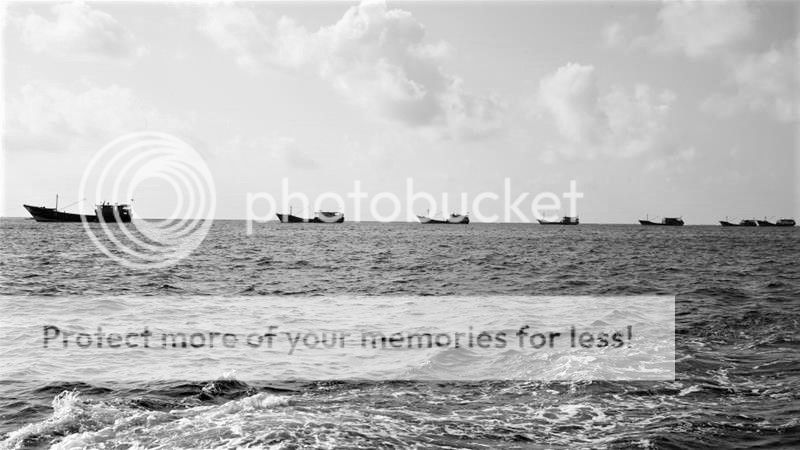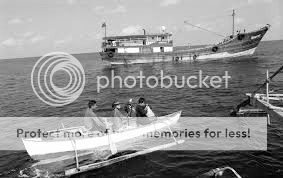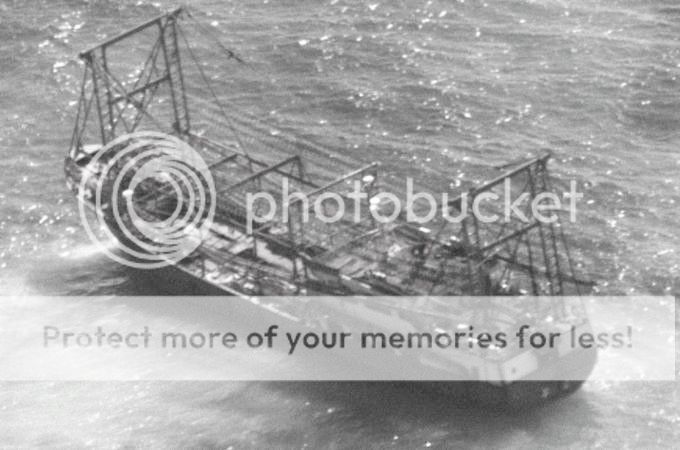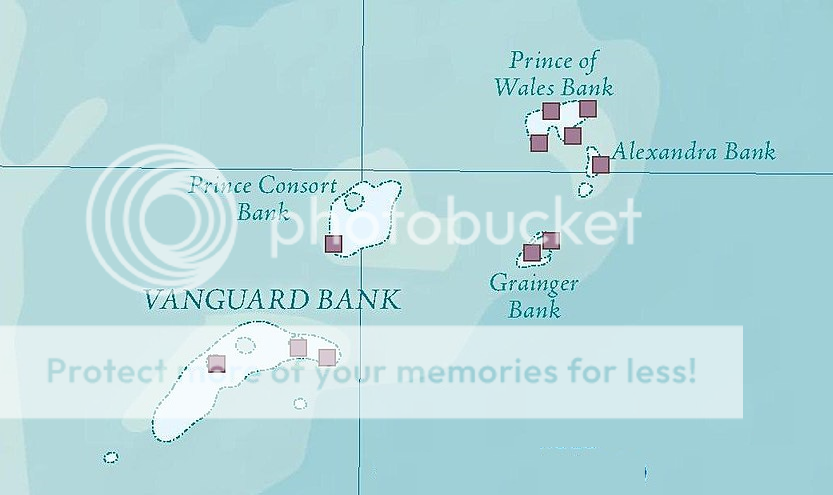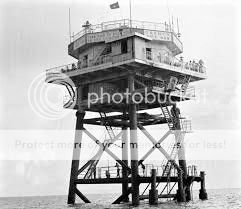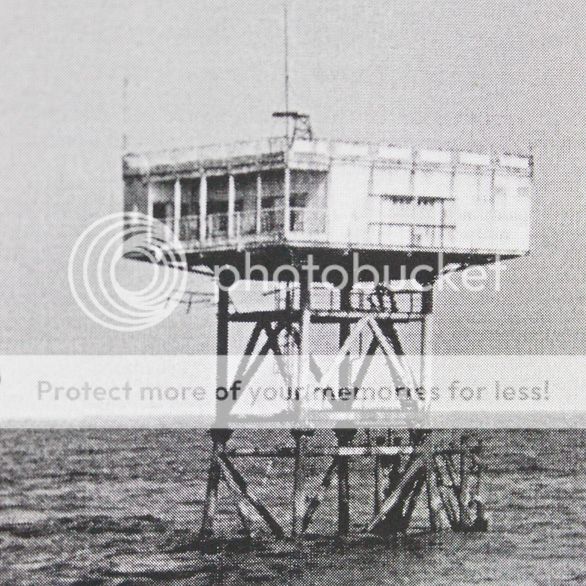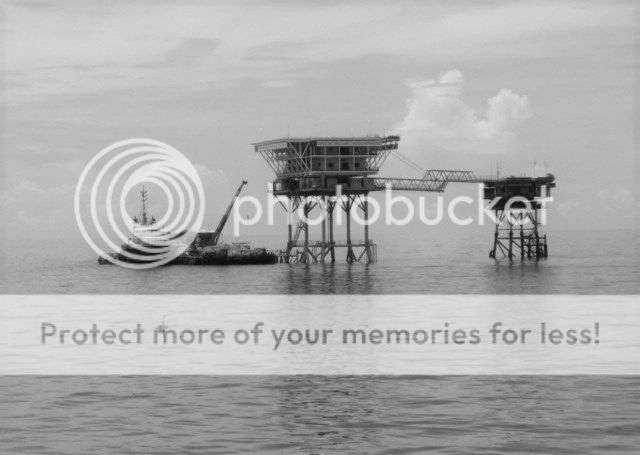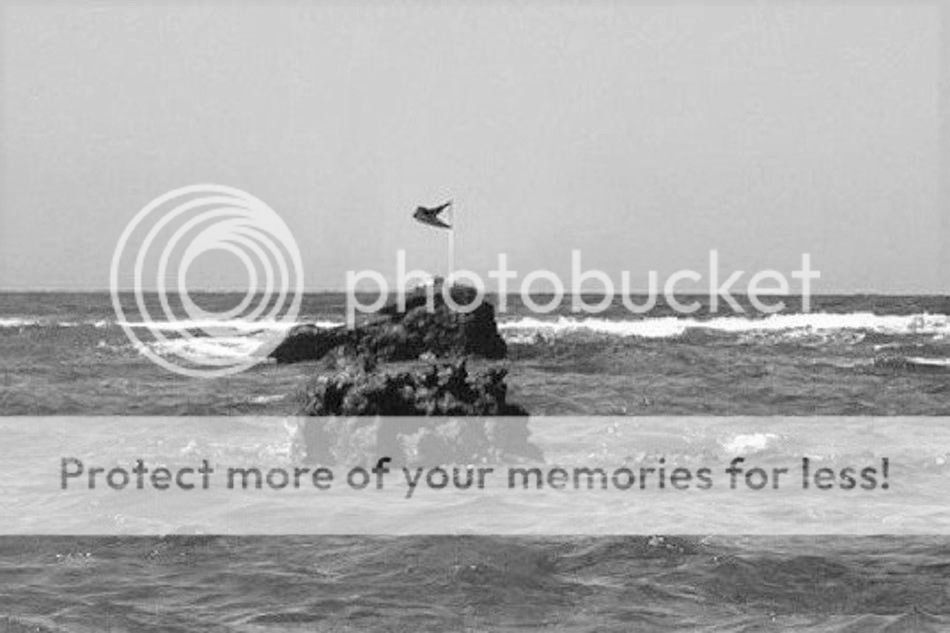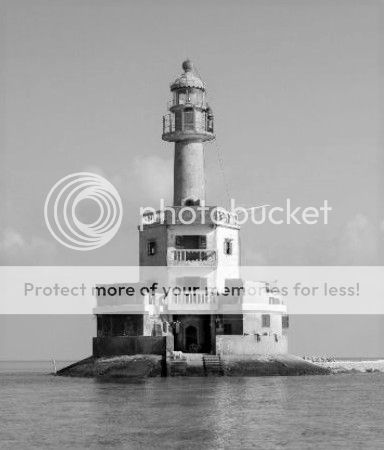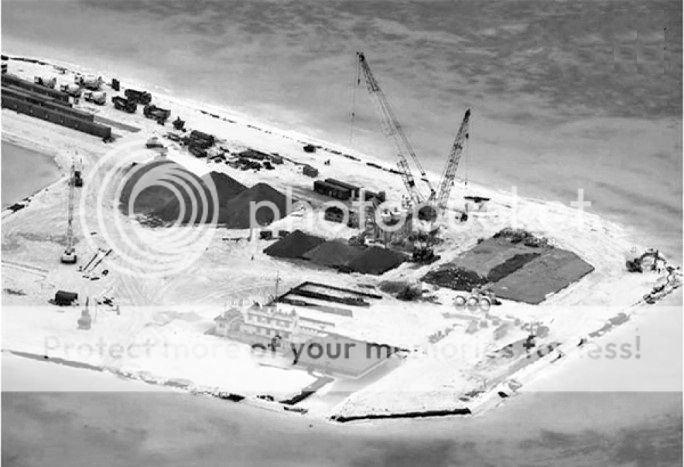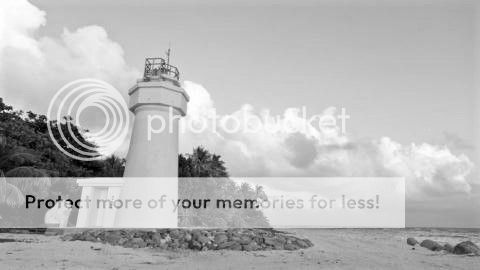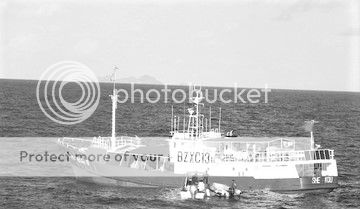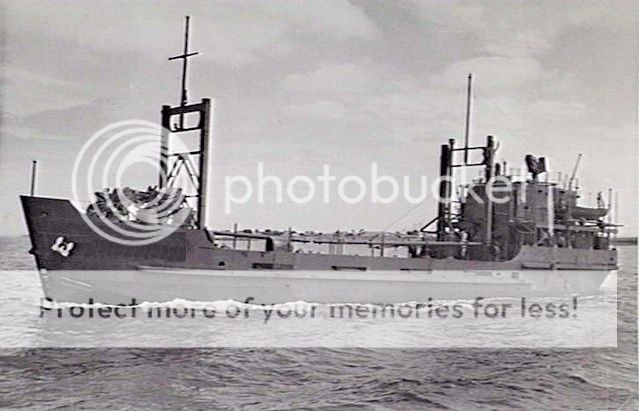Dangerous Ground, Tuesday, 12 July 1949
The
Jolo had cruised at a measured pace on her homeward journey. The waters here were known as Dangerous Ground, for more than a century a graveyard for ships due to the many reefs, cays, and shoals that would appear suddenly from the depth of the surrounding water. While the Philippine efforts to erect navigational beacons and lighthouses throughout the archipelago had reduced the hazards associated with transiting the area, Commander Raffiñan was taking few chances and plotted a course that avoided most of the known dangers.
Capitaine de Corvette Couturier was resting in his cabin, mentally composing an outline of a report that he would soon be sending to Paris. According to his hosts the
Jolo should reach Puerto Princesa in about eighteen hours, and he had been advised that arrangements had been made for him to catch the first flight out. For this he was thankful.
“Point one – describe the general extent of the Philippine observation network – east to west.” For reference he circled the group of stations near Itu Aba, then the ones near Vanguard and Rifleman Banks. “Point two – describe the composition of personnel manning the stations…”
His reverie was interrupted by the ship’s klaxon sounding general quarters. In the companionways he heard the crewmen rushing to their stations and noted the throb of the
Jolo’s engines increasing. He opened his cabin door to find out what was going on and encountered Salazar. “Come – let’s get to the bridge.”
Couturier began to object but then shrugged. If something major had occurred, being trapped below deck in an unfamiliar vessel offered few options. In Salazar’s wake he made his way topside and climbed to the bridge; upon reaching it he was handed a life jacket and helmet. “Just a precaution sir.”
Raffiñan explained their situation. “The
Alfonso and
Amadeo flushed a Chinese trawler fishing near Half Moon Shoals within the three-mile limit, and the captain of the fishing boat decided to run for it rather than allow them to board. They are in hot pursuit, and report that the trawler is east of Pigeon Reef, heading in our direction.”
In the open ocean the patrol combatants assuredly had sufficient speed to catch their quarry without the
Jolo’s assistance, but the potential danger of running onto an uncharted shoal negated much of their advantage. And the captain of the Chinese vessel was apparently willing to believe he could lose his pursuers.
The
Jolo’s dradis operator reported that he had the trawler on his scope, and Raffiñan ordered a course change to intercept. Moments later the ship’s lookouts reported visual contact off the port bow. A course change on the part of the trawler confirmed that the
Jolo too had been seen, yet the fishing boat did not slow.
“Mount One. Put a shot ahead of him. We’ll let him know we mean business.”
Raffiñan’s order was quickly obeyed. The crack of the forward 115mm gun was audible throughout the ship. Couturier saw the splash of the shell erupt some one hundred meters ahead of the trawler, who still persisted in his vain attempt to escape. “Mount One – give him another warning shot.” This shot fell closer to the trawler, which suddenly slowed. The
Jolo maneuvered alongside, soon to be joined by the trailing patrol combatants, and the
Amadeo sent over a board party.
“Secure from General Quarters.”
Two hours later the
Jolo was back on course for home; the Chinese trawler was taken into custody and would follow under the Amadeo’s watchful escort. In the days ahead her case would come before the Admiralty Court in Puerto Princesa, who would decide if the seizure of the trawler was legal or whether the craft ought to be released.
